The best way to understand the Sonoran desert is to drive to the end of a dirt road, take no water or matches, leave your phone in the car, don’t tell anyone where you are, wear light clothes and no hat, and hike till you get lost.
The second best way to understand the Sonoran desert is go to a museum and go through its exhibits.
The Sonoran desert starts in Arizona, spills into California and reaches down the entire Mexican Baja peninsula. It has multiple ecosystems and a variety of plants,animals, insects and minerals. Water is scarce but prospectors donkey’s know where to find it, the biggest discovery of all.
This morning, walking through paths notated on visitor maps, Alan and I see coyotes, a caged mountain lion, skunks, saquaros, desert springs,scorpions, barn owls, sun shades fashioned out of rope and netting, a boojam tree, aviary birds,flourescent minerals and underground bats, all part of nature’s bouquet.
We also get to see live wildlife in an auditorium where a skunk, porcupine, macaw, and bull snake are brought out for us to admire while a museum employee answers audience questions and gives nature lectures.
Our macaw is released from one handler’s grasp and flies from the front stage to an attendant’s arm at the back of our auditorium. His wings make a shoo shoo shooing sound as he flies over us and I can hear his beak cracking the peanut his handler gives him after he has completed his task.
This live presentation is a highlight of our morning expedition but two horned toads, embedded in a stuccoed wall at the front of the venue, are also memorable..
They are sharing a quiet moment before the sun goes down, like two brothers remembering baseball home runs in the intersection of Bellamah and Aspen street in Albuquerque, New Mexico in June 1955.
Tennis balls fly a long way when you hit them solid with an authentic Kentucky Slugger hickory bat.
Search The Site
Translate This Page
Support Scott
See Scott’s Artwork!
Your purchase helps Scott continue his travels and he’ll reciprocate by taking you along in words, photos and videos!Recent Posts
Archives
- April 2020 (28)
- November 2019 (1)
- October 2019 (5)
- September 2019 (3)
- August 2019 (8)
- July 2019 (18)
- June 2019 (8)
- May 2019 (21)
- March 2019 (52)
- February 2019 (22)
- November 2018 (18)
- October 2018 (9)
- August 2018 (1)
- July 2018 (10)
- June 2018 (11)
- December 2017 (11)
- August 2017 (12)
- June 2017 (18)
- April 2017 (10)
- March 2017 (33)
- February 2017 (33)
- January 2017 (2)
- October 2016 (2)
- September 2016 (49)
- June 2016 (1)
- March 2016 (2)
- February 2016 (8)
- January 2016 (16)
- December 2015 (50)
- November 2015 (57)
- October 2015 (7)
- September 2015 (10)
- August 2015 (11)
- July 2015 (5)
- June 2015 (6)
- May 2015 (8)
- April 2015 (6)
- March 2015 (8)
- January 2015 (29)
- December 2014 (30)
- November 2014 (83)
- October 2014 (3)
Categories
- Country (423)
- Belize (57)
- Costa Rica (10)
- Dominican Republic (55)
- Ecuador (56)
- Haiti (18)
- Mexico (48)
- Nicaragua (51)
- Philippines (30)
- Uruguay (98)
- Photo Shoots (10)
- Scott's Best Of (713)
- Animal Stories (86)
- Art, Music, Performance, Writing (122)
- Blast to the Past (111)
- Fish Stories (28)
- Friends & Family (88)
- Getting Around (81)
- Holidays, Events & Celebrations (50)
- Home Bases (69)
- Kids (47)
- Money Talk (118)
- Mother Nature Saddles Up (106)
- On the Beach (49)
- People (214)
- Places to Go & Things to See (185)
- Quirky (134)
- Shop 'til You Drop (57)
- Spirit Talks (194)
- Sports & Recreation (75)
- The Great Security State (108)
- What's to Eat (125)
- Working For a Living (154)
- States (293)
- Arizona (48)
- California (6)
- Colorado (36)
- Florida (10)
- Nebraska (6)
- New Mexico (150)
- Texas (37)
- Videos (66)

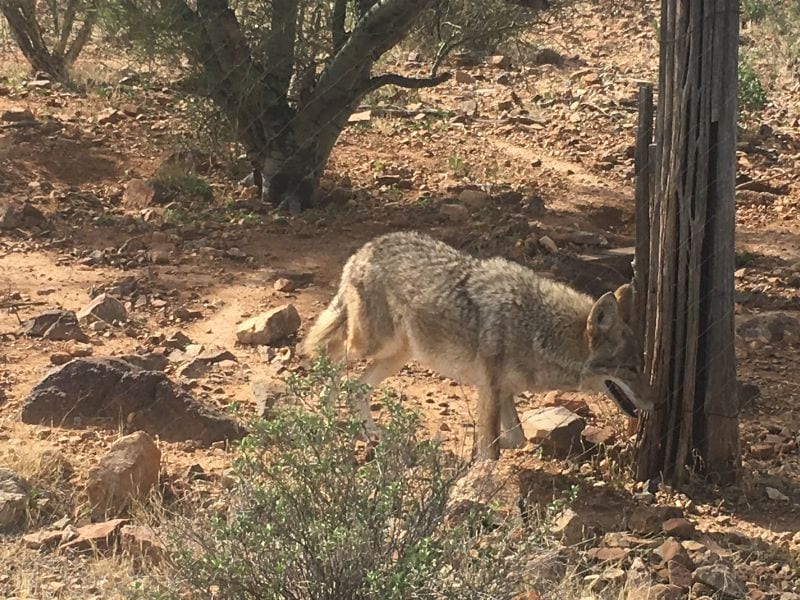
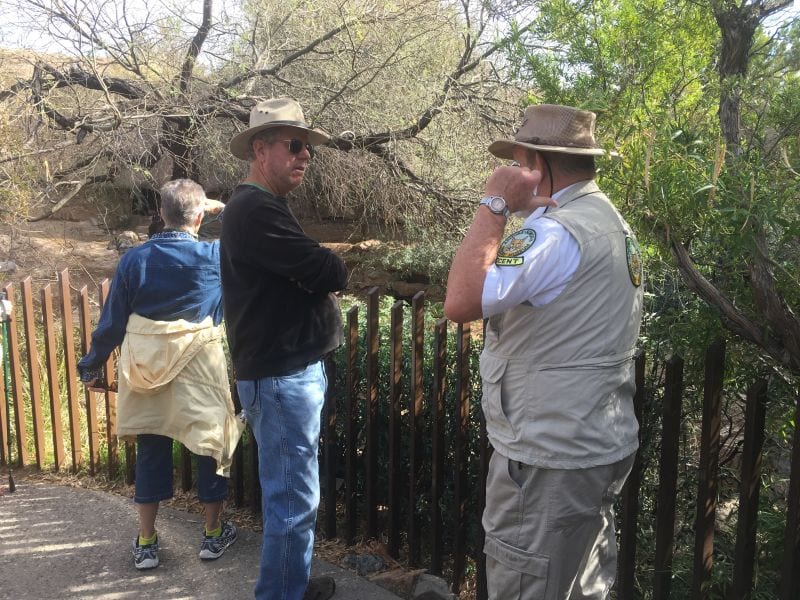
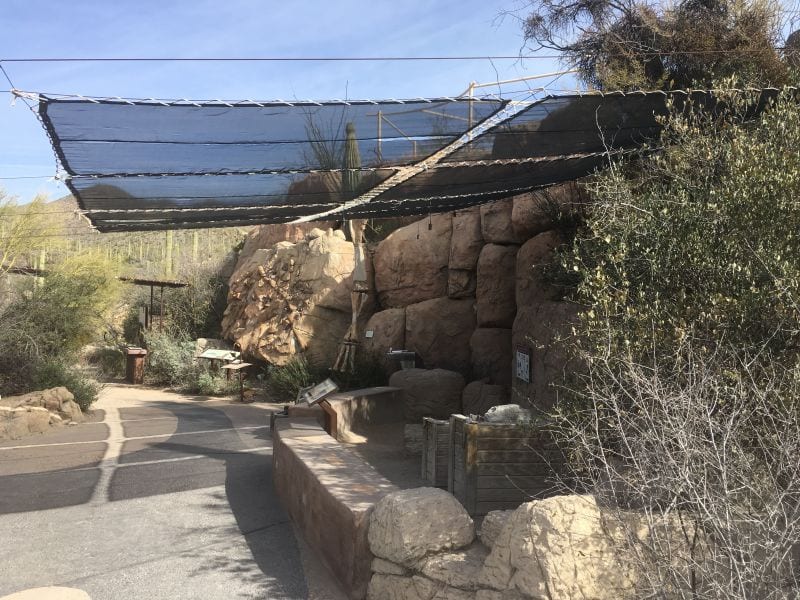
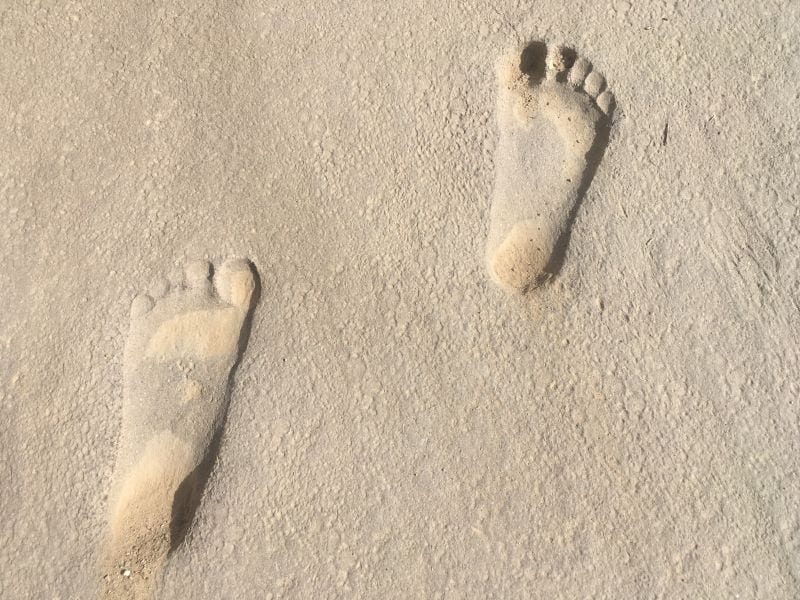
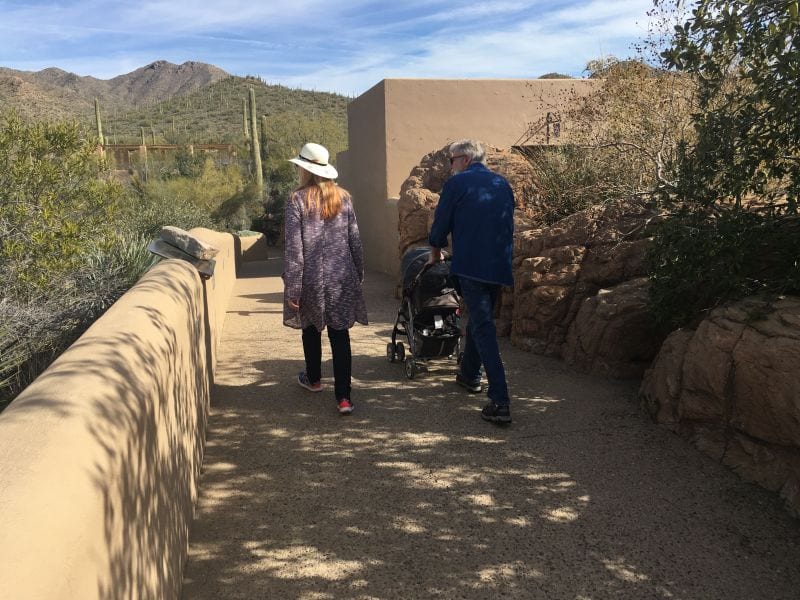
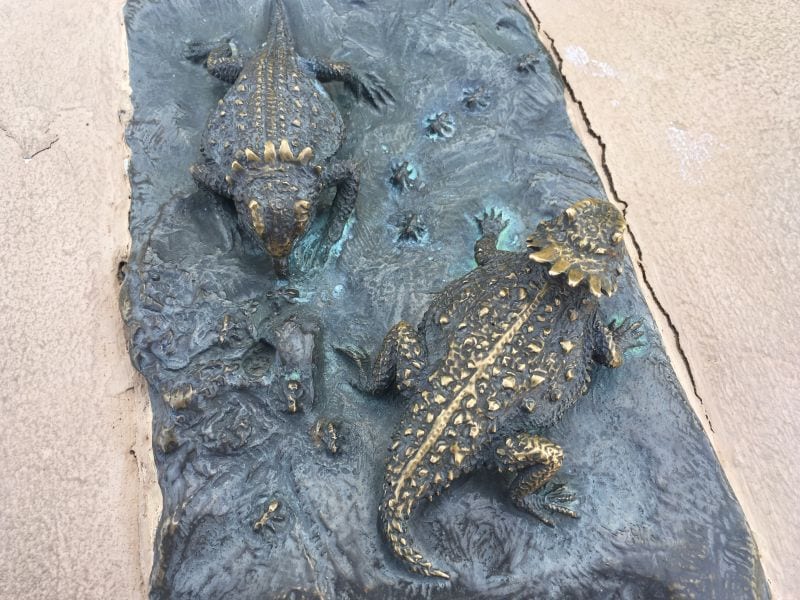
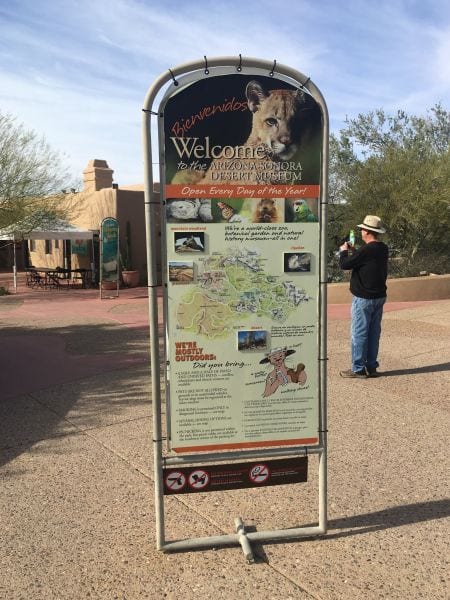
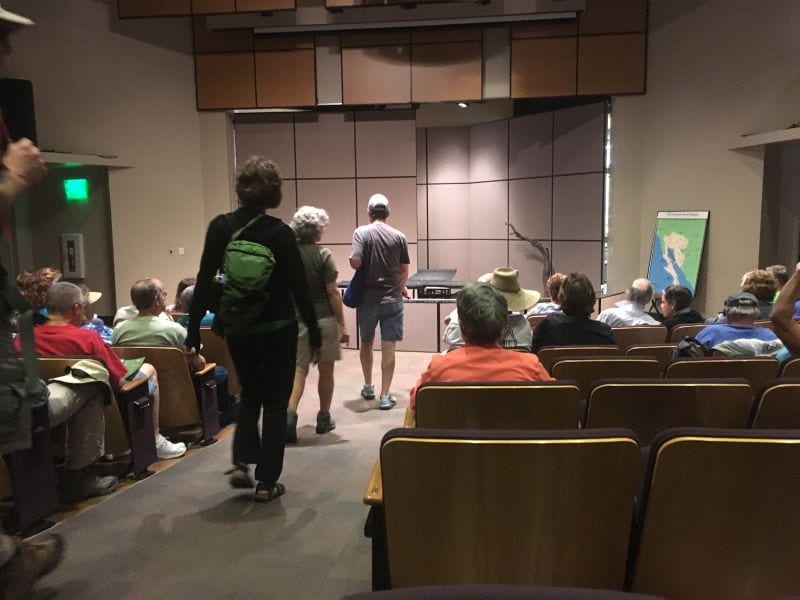
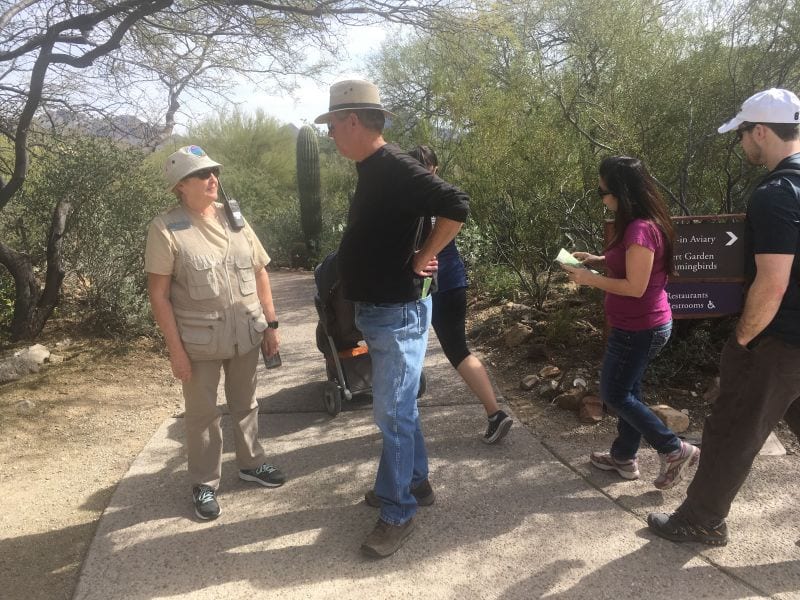
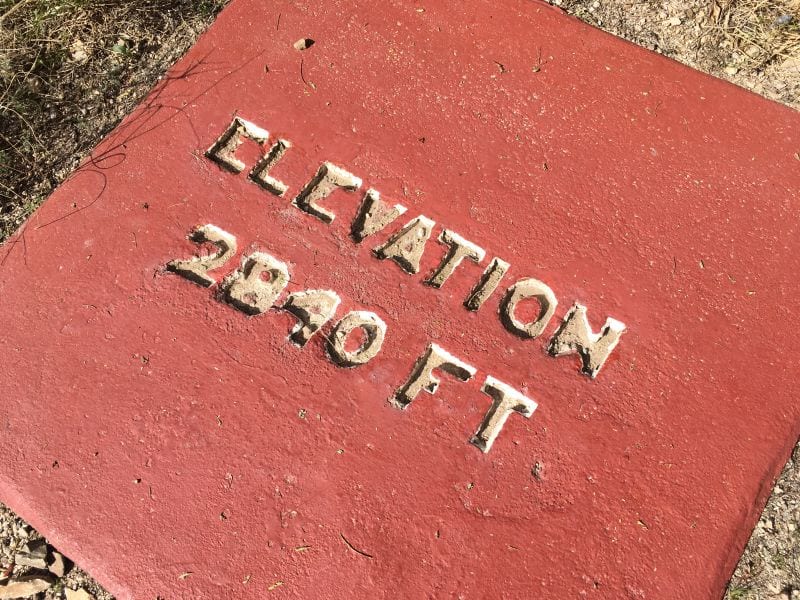
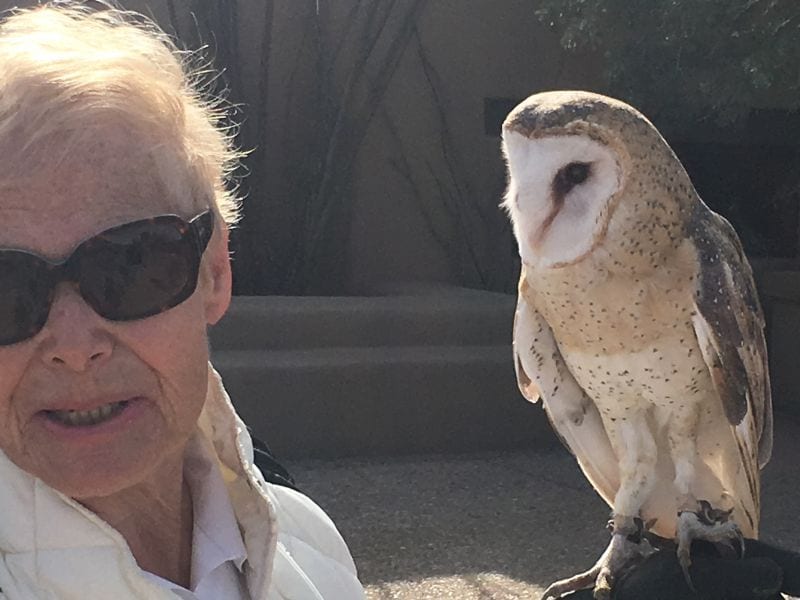
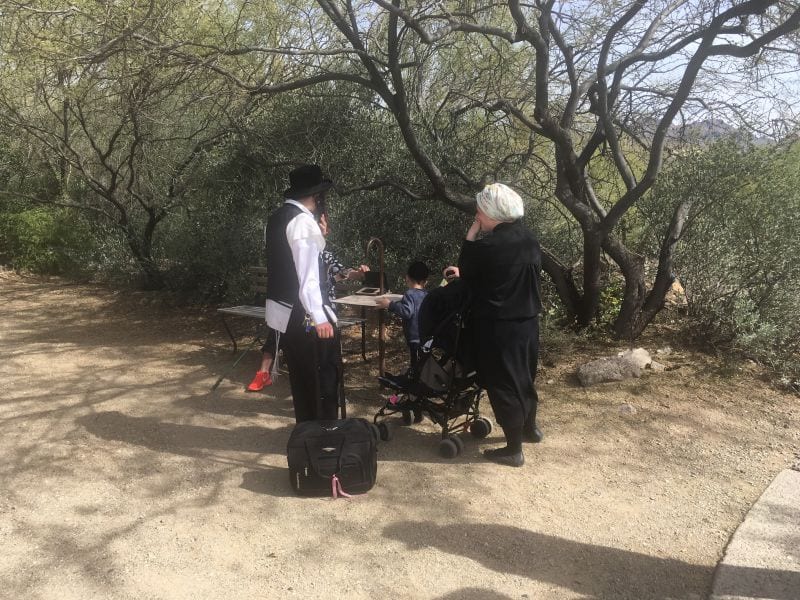
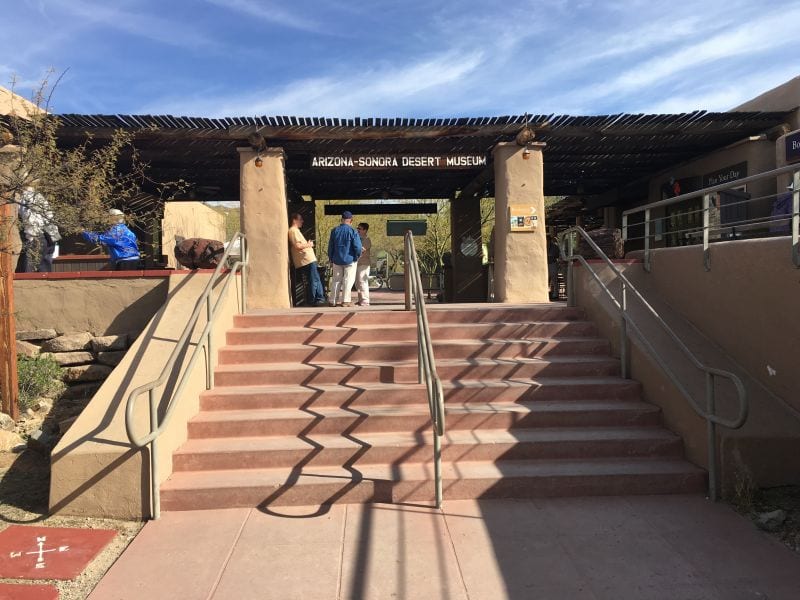
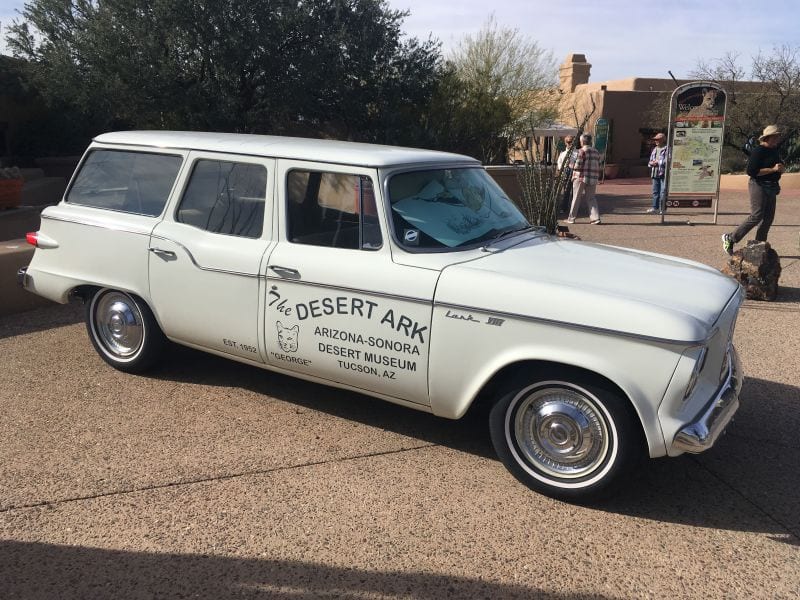


Recent Comments